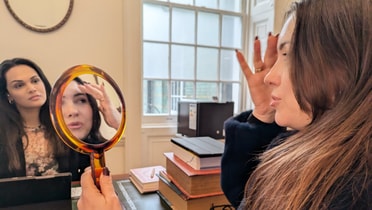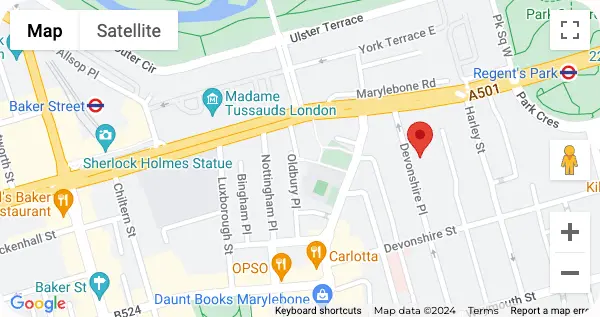Nourish, Plump And Firm Your Skin
What is Textured Skin?
Textured skin can be genetic, or it can form over time from things like age, lifestyle or environmental exposure, inspiring some to seek ways to soften the bumps. Some have texture simply by birth while others begin to notice changes add years on. As we age, skin loses collagen and skin elasticity, and patchy/rough skin forms. Textured skin can also be genetic.
Textured skin can be genetic or due to the natural aging process, or it can be caused by external factors like the sun and aggressive skincare regimens.
Here are the common causes for some of the most common causes:
- Genetics: Textured skin can come with genetics and genetics.
- Aging: As you age, the skin becomes thicker as less collagen is produced.
- Sun exposure: Prolonged exposure to sun can have adverse effects on the skin causing uneven texture.
- Dehydration: Without oil, dry skin can look patchy, bumpy and dull.
- Harsh Skincare: Products containing harsh ingredients or exfoliants can eventually strip your skin, resulting in a bumpy, uneven texture.
What Does Textured Skin Look and Feel Like?
Textured skin may be conscious in itself, makeup used to cover uneven patches. The skin may appear bumpy, rough or have visible pores. It can include the ff:
- Rough, Bumpy Texture: Skin feels rough and bumpy.
- How it presents: Sagging large pores are most commonly visible, with the occasional asymmetry.
- Dry, Flaky and Peeling: The texture may also be dry that leads to flaky join or peeling.
- Dullness: Coarse texture can make skin look dull or tired.











